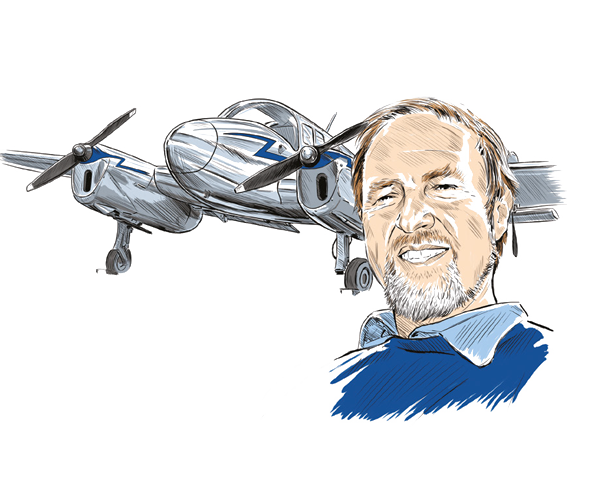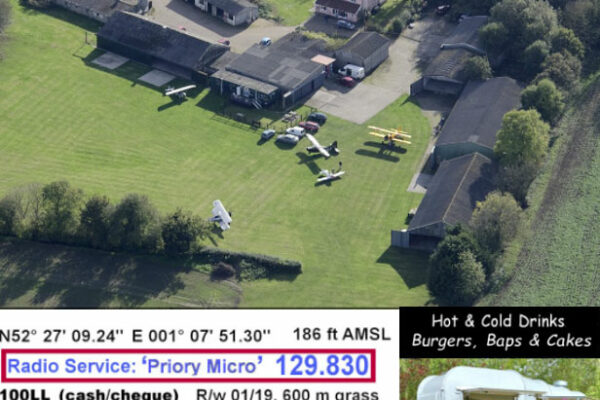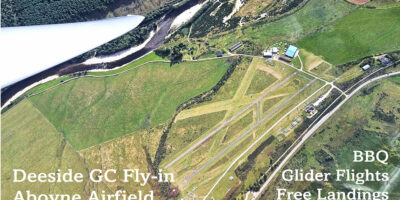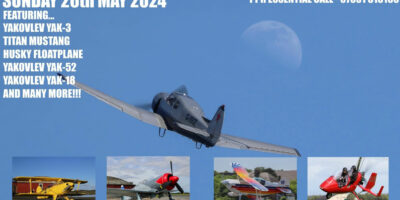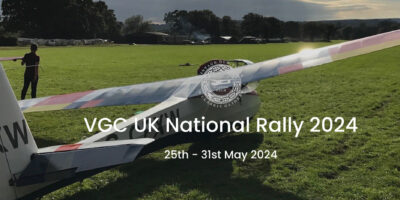I have just realised that it’s been three years since I started the installation of a diesel engine in my Jodel. That’s a fair amount of time for a near-serviceable Jodel to be sitting in the hangar, especially when the weather is good and there are events to be attended. Someone even recently asked me, ‘why are you doing this…’ There have been times when I’ve asked myself the same question, and I can’t always think of a plausible answer because the obvious one – it will only cost me six quid an hour to fly in my retirement – is clearly a flawed calculation. The overall cost divided by the hourly rate over the three years it has taken so far would have paid the fuel bill several times over.
So I suppose the loftier reason is a desire to create something unique, and for it to be exclusively mine. The length of time it takes though is definitely an enthusiasm-sapping factor – just look at the number of part-finished projects you see advertised. But if you’ve never done anything like this, it’s difficult to comprehend how long even an apparently simple task will take. And, equally important, whether it will work and whether a week’s effort has to go in the bin and you start the task again. There are no bits on the shelf which are guaranteed to go straight on.
For example, I’ve previously mentioned the diesel’s need to return surplus fuel from the injection pump back to the tank, and how I thought I’d solved that one by feeding it into the conveniently large breather port at the top of the tank. A neat solution which had presented itself, but when I finally got the engine running properly (which is a story in itself), on maybe the third or fourth run, a large pool of fuel appeared under the belly.
“E-Conditions allows the experimenter responsibility for all aspects of a design”
There was nothing on the fourth and fifth runs, but I know I can’t leave it like that. It was siphoning via the breather and it will happen again at some point. You don’t need to be a pilot to realise that pumping fuel overboard is a ‘bad thing’ for so many reasons. So, I’ll have to heave out the tank and weld on another port, which is what I thought I needed right at the beginning.
Then, there’s the quadrant cockpit power lever, a thing of beauty created exclusively for the task by Miles McCallum, because I could see the existing plunger wouldn’t do the shutting off which is a requirement on the injection pump.
Now the engine is running, I discover that the lever on the pump only has an effect for a quarter of its rotation and the throw of the quadrant doesn’t match the actuation on the pump. It’s either too short – and the power response too quick – or not long enough to shut the engine off. The whole thing needs a complete rethink…
Little things, I know, and what did I expect? Prototyping is exactly that – whether you’re a man in a shed like me, or Airbus.
The difference is that I have to be close to being operational to discover the more basic stuff because there’s no army of computer operators running simulations. And as ‘Alex the Professor’ who is overseeing the project – more on him later – has pointed out, I can’t taxi test unless the aircraft is capable of flight because taking to the air might be the safest option if something goes wrong on the runway. Which brings me nicely to the wonderful bonus that is E-Conditions.
Originally titled The Professional Experimental Category, this is a regime proposed by Royal Aero Society member John Edgley who was responsible for the Optica aircraft. There was also input from LAA’s Francis Donaldson and in Edgley’s words, this was a means to do ‘lots of experimenting, as a precursor to approval’. That’s a critical but subtle difference because hitherto, anything that was to be tested had to be approved first, which when written as a sentence, exposes the flaw in the requirement. Edgley was in a position to see that a need for prior certification was a significant barrier to new aviation development, adding hugely to the timescale and the cost, but the practical consequence is that people or companies simply won’t bother because they can’t promise delivery schedules or budget compliance. E-Conditions allows the experimenter to take responsibility for all aspects of a design – including flight – overseen by a ‘competent person’, which can be the same individual, but whoever it is has to be approved by an authority (either the Royal Aero Society, the BMAA, or the LAA). In my case it’s Alex, a former Navy helicopter engineer-turned university lecturer.
This whole process is approved by the CAA, which given most people’s experience of that body, might seem extraordinary, but it was, in Edgley’s words, ‘more than he expected’, even if it wasn’t the ‘Experimental’ category he really wanted. It will certainly do for me. It doesn’t make the job itself any easier mind you – prototyping is still the same frustrating, time-consuming trial and error process – and it still has to be right if I want to stay alive, but E-Conditions means I can get on with everything then discuss the findings with Alex, rather than wait in a queue to ask permission to perform each step. I’ll still have to do that eventually, but I’ll be doing it with greater enthusiasm, and more evidence…
Working vintage aircraft and cars make Mark particularly happy.
[email protected]


